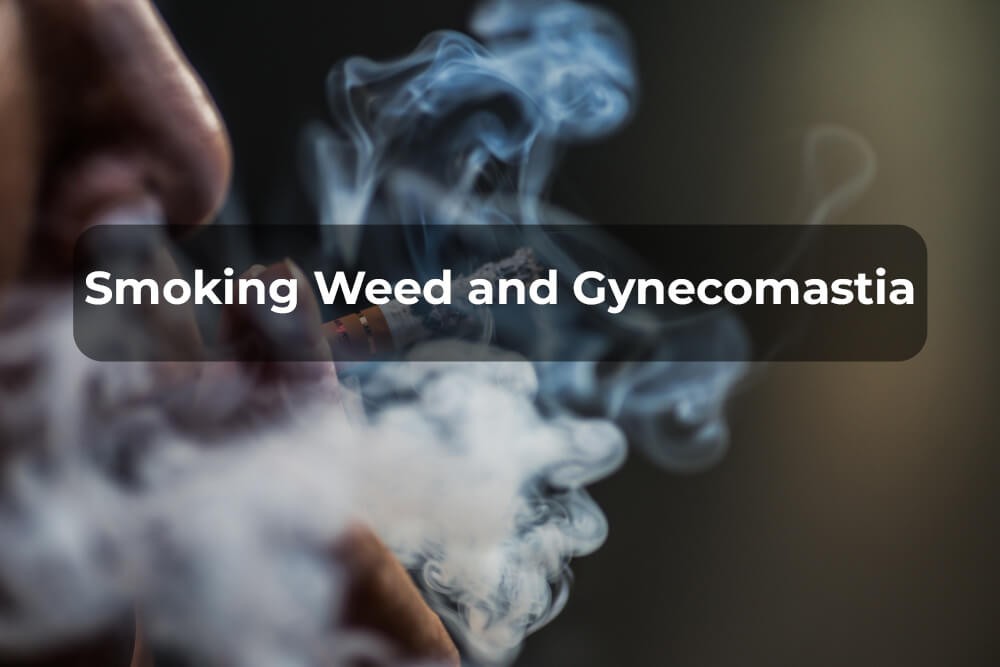Smoking Weed and Gynecomastia: Does Cannabis Cause Male Breast Growth?
Smoking Weed and GynecomastiaWhat about smoking weed and Gynecomastia? A sneaky photographer recently caught rap superstar Snoop Dogg smoking a blunt right before going on-stage for the 2022 Super Bowl halftime show. For those who don’t know, a blunt is when marijuana is placed inside a hollowed-out cigar and smoked.As of this writing, eighteen states […]
Smoking Weed and Gynecomastia: Does Cannabis Cause Male Breast Growth? Read More »


